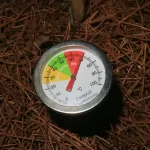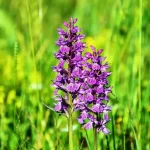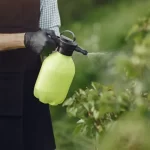How to Actually Find Good Topsoil
Do You Really Need for a Healthy Garden Using Foliar Feeding to Boost Plant Health Choose Quality Topsoil
So, you walked out to your garden, dug in with your trowel, and yep, hit a dry, lifeless crust that crumbles like old cake. Maybe your soil is more dust than dirt, or maybe you just moved into a new build and the only thing left is compacted clay and broken dreams. Either way, if you are wondering how to improve your garden soil without starting from scratch, welcome to the messy, glorious world of topsoil.
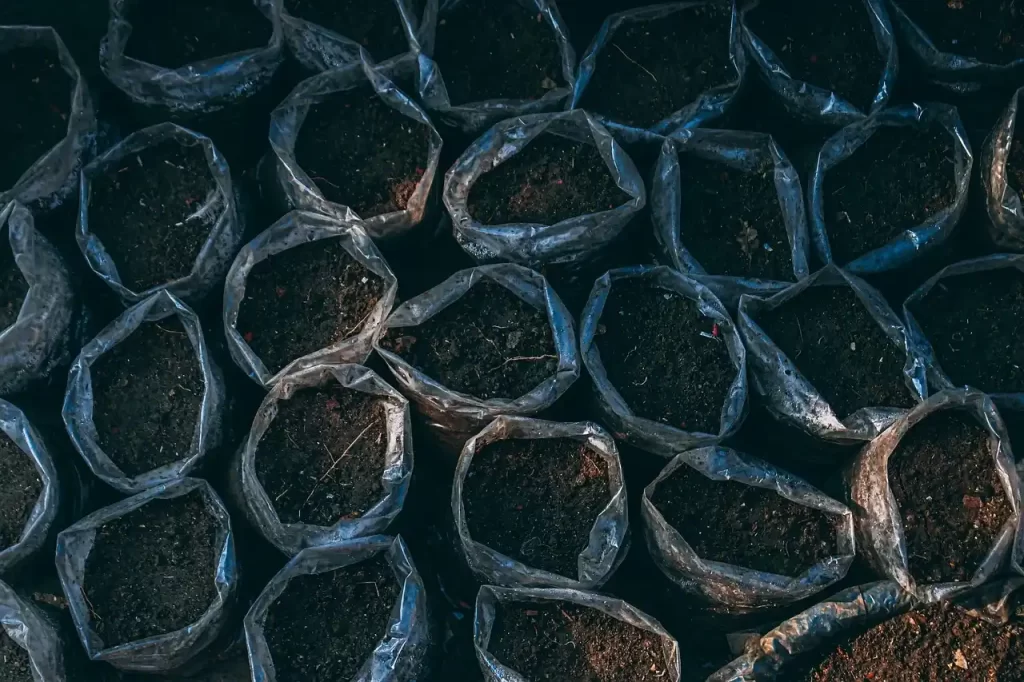
Let me tell you, finding good topsoil is not as simple as calling the first bulk soil supplier you find online and saying, “I will take a truckload, please.” I have done that. I have also spent an entire spring pulling out bottle caps, cigarette butts, and mystery debris from what someone sold as “premium topsoil.” Learn from my mistakes.
Let us break down what you actually need to look for (and avoid) when shopping for the black gold your garden is begging for.
What Is Topsoil Anyway?
Topsoil is the top layer of earth. It is where most plant roots hang out, where water gets absorbed, and where nutrients live. Ideally, topsoil should be dark, crumbly, and rich in organic matter. If it smells earthy and feels soft between your fingers, you are probably holding the good stuff.
But not all topsoil is created equal. Some of it is stripped from construction sites, full of weed seeds, and dead as a doorknob. Other batches are lovingly composted and sifted by small suppliers. The difference between the two? About a thousand disappointed tomatoes.
Step 1:
Hunt Smart—Start Local
Forget scrolling endless garden forums for hours. Start by looking up topsoil or soil suppliers in the yellow pages if you are old school or Google Maps if you are not. Garden centers and nurseries sometimes carry small quantities, but if you are looking to cover a whole lawn or fill a couple of raised beds, you will want to go the bulk route.
Tip: Skip any supplier that cannot tell you where their soil came from. If they shrug and say “a field,” run.
Step 2:
Go Kick the Dirt (Literally)
This might sound odd, but visit the supplier. Like, actually go there. Touch the soil. Smell it. Is it full of broken glass? Does it reek like something died in it? Is it clay-heavy or sandy? Good topsoil should be clean, weed-free, and roughly match the soil texture of what you already have in your yard. Mixing two drastically different soils can cause serious drainage issues. Trust me, soggy roots are not cute.
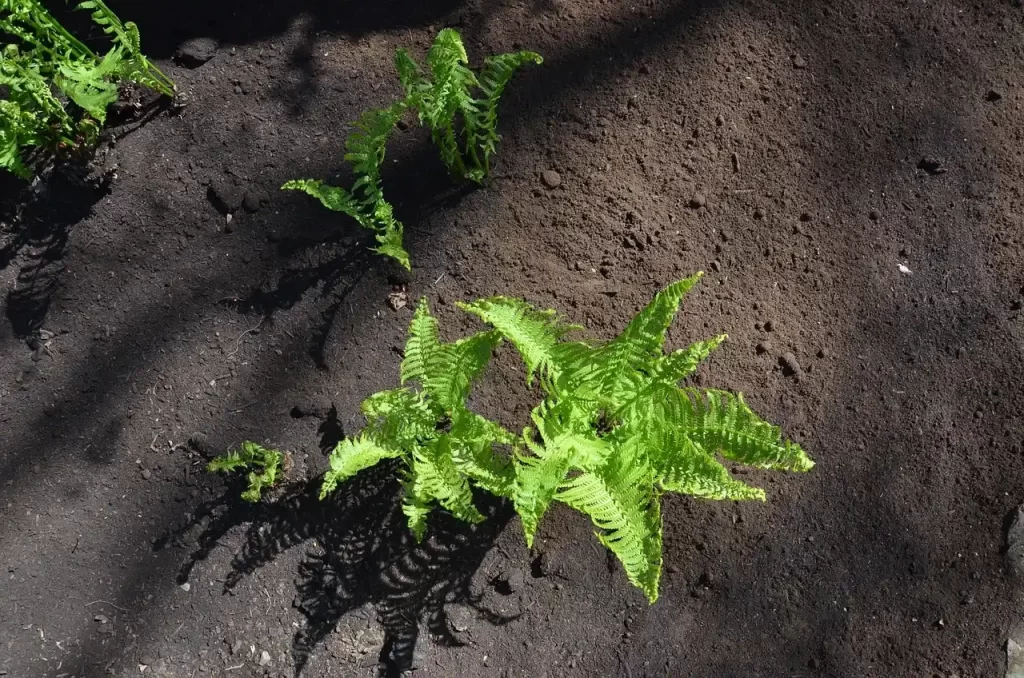
Bonus tip: If the topsoil feels a bit gritty, it is probably got more sand. If it holds together like a brownie, more clay. What you want is something in between. A loamy, nutrient-rich soil that holds moisture but drains well.
Step 3:
Calculate Before You Call
Okay, here comes the math part, but I promise it is easy. To cover 1,000 square feet with 1 inch of soil, you need about 3 cubic yards. Most gardens need 3 to 6 inches of topsoil, so plan accordingly. Nothing is worse than running short and having to match a second delivery with the first batch. They rarely match.
Step 4:
Prep Your Soil Like a Pro
Before that beautiful soil arrives, till or loosen your existing ground if you can. If your current soil is rock hard or slopes weirdly, you may want to call in a landscape contractor for advice. Piling new soil over old compacted ground hides the problem but does not fix it.
If your soil is workable, tilling a few inches and blending the new topsoil with the old can help roots transition better. And while you are at it, throw in some compost. Go crazy and mix in seaweed foliar spray every few weeks once things are growing. That stuff works wonders.
Step 5:
Delivery Day—What to Expect
If the supplier offers spreading, go for it. Otherwise, get ready to shovel like it is your cardio. Spread the soil evenly, use a rake to smooth it, and make sure the grade slopes away from your house. If you trap water near your foundation, you will regret it during the first rain.
A Quick Note on Testing
If you are buying a ton of topsoil, like multiple truckloads, it is smart to get it tested. You can check soil pH levels, nutrient content, and even iron deficiency in plants if your last garden had weird yellowing (yellow leaves with green veins, anyone?). That way, you know exactly what you are working with and whether you need to add anything extra.
Want to be fancy? Learn how to correct soil pH levels and start blending your own mix. A touch of compost, a dash of lime or sulfur, and you are basically a landscape contractor yourself.
Wait—What About Compost vs Topsoil?
Great question. If your soil is bad but not terrible, sometimes you can skip the topsoil entirely and just mix in a few inches of compost. But compost is not soil. It breaks down fast and does not provide structure long term. Think of topsoil as the cake and compost as the frosting. You need both for a truly delicious garden bed.
Final Tip: Not All Soil Fixes Need a Truckload
Sometimes, instead of hauling in new soil, you can improve what you already have with foliar feeding. Foliar fertilizer is sprayed directly on leaves, giving plants a quick boost. I have had great results using Epsom salts for tomatoes, especially when they start looking sad and pale. Learning how to fertilize leaves is a whole game-changer if you are dealing with iron deficiencies or slow growth.
Mixing foliar spray is not rocket science. If you are curious, just look up how to mix foliar spray with stuff like seaweed or magnesium. I keep a little spray bottle by the shed like a plant nerd with a potion obsession.
The Dirt on Depth
Last thing. Topsoil depth for plantings matters more than you think. For lawns, 4 to 6 inches is ideal. For garden beds or veggies, go deeper. Up to 12 inches if you can. Always think long-term. The better your base soil, the less work you will need later with fertilizers, sprays, and soil drama.
Get to Know Your Dirt
There is no perfect soil, but there is definitely better and worse dirt out there. Take your time. Touch the soil. Smell it. Ask questions. Think of your garden as a long-term relationship. Would you marry someone without checking their background? Same goes for soil.
Whether you are dealing with clay, trying to correct weird soil pH, or just dreaming of thick green grass from the best topsoil for lawns, your journey starts with understanding what is under your feet.
Good luck out there, and do not be afraid to get a little dirt under your nails.
